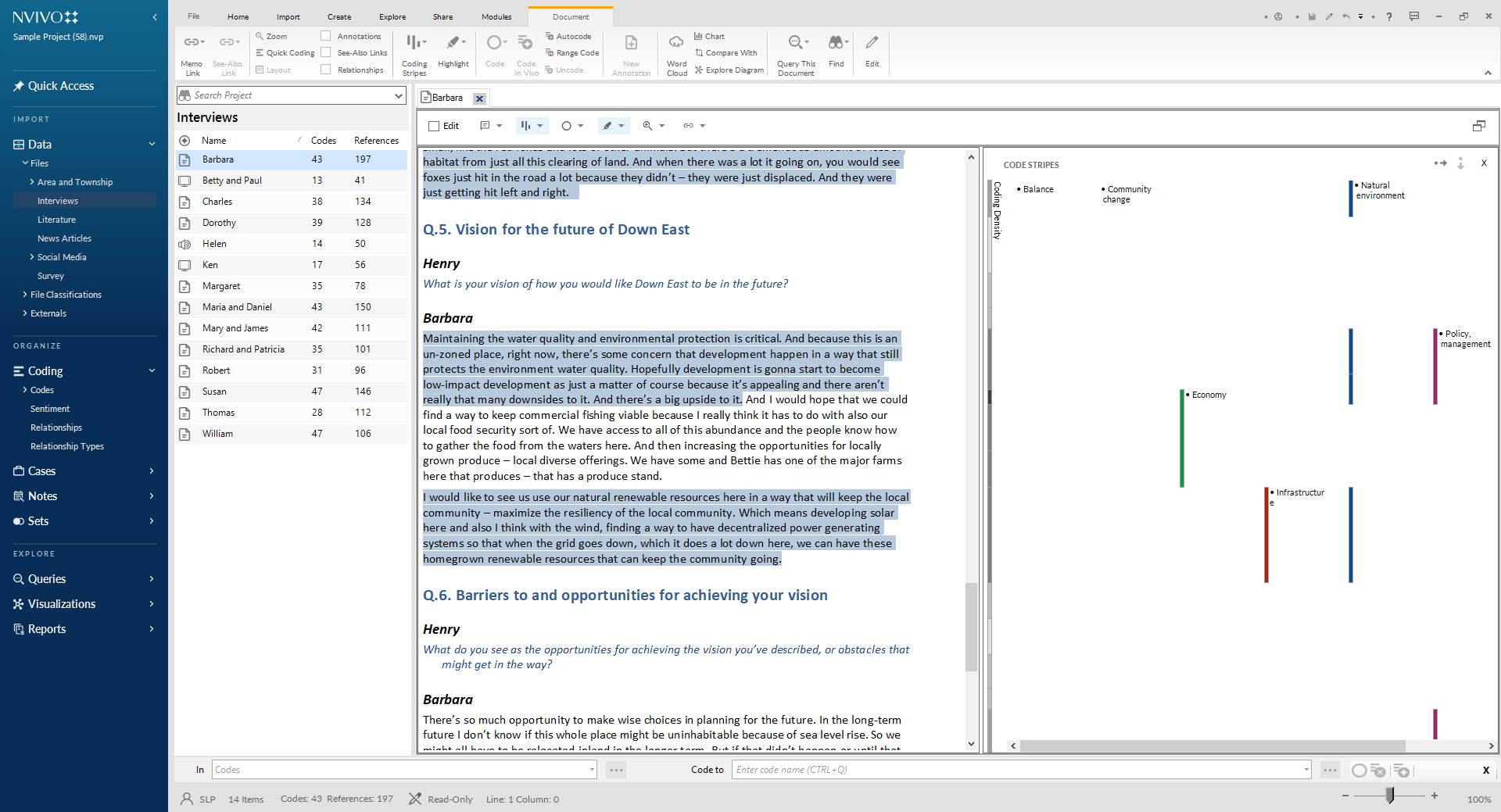

If you had any sources of error or difficulties with your methods, discuss them here and address how they could be (or were) improved. Conclusion (2-3 slides) - Further interpret your results.Remind the audience of your hypothesis and discuss your interpretation of the data/results. Results and Data Interpretation (2-4 slides) - Illustrate your results through simple tables, graphs, and images.Description of Methods (2-3 slides) - Clearly, but briefly, summarize your study design including a clear description of the study population, the sample size and any instruments or manipulations to gather the data.Hypothesis (1 slide) - Clearly state your hypothesis.If your study relates to any particularly relevant issues, mention it here to increase the audience's interest in the topic.
#Presenting research findings full
Give context to your study with a brief review of the literature (focus on key points, not a full review).

A lack of guidance and preparation can ruin your chance to share important information with a conference community. Research presentations, in particular, are unique.Ĭommunicating complex concepts to an audience with a varied range of awareness about your research topic can be tricky. From what you wear to how you stand to good slide design, there’s no shortage of advice to make any old presentation come to life.īut, not all presentations are created equal. The internet is full to the brim with tips for making a good presentation. Presenting at a conference can be stressful, but can lead to many opportunities, which is why coming prepared is super beneficial.


 0 kommentar(er)
0 kommentar(er)
